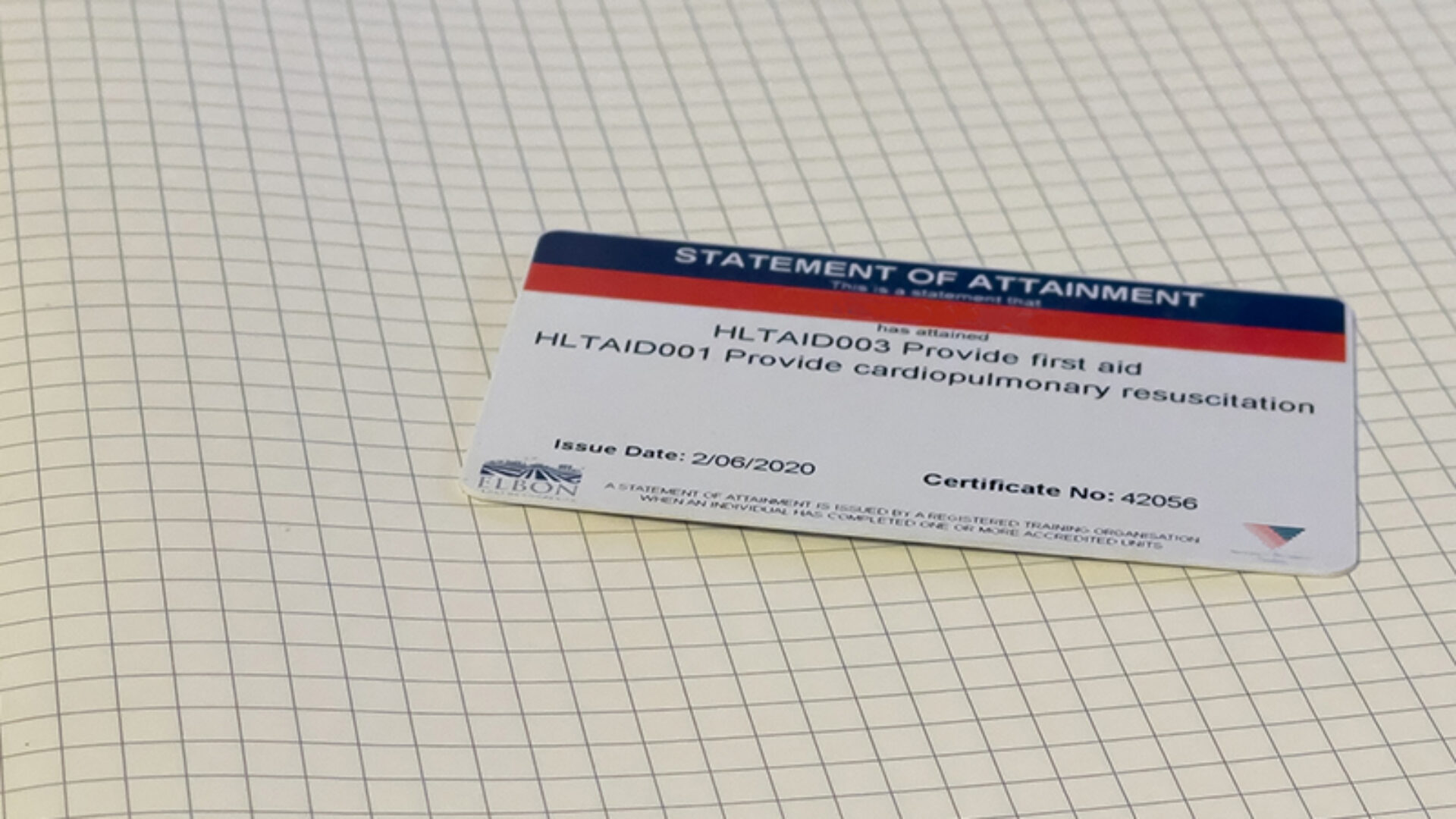Although safety documentation and administrative controls might seem trivial, for workers they can provide much needed information and risk awareness.
It can sometimes feel like the responsibility for setting out workplace safety documentation and administrative controls is the responsibility of a building owner, facility manager, employer, or contractor. However, there are some aspects of safety documentation that can only be managed by those workers attending site and completing the work.
When on site, before starting work, workers should be completing a simple risk assessment and identifying any hazards that may be present.
While work is being undertaken, all accidents and near misses should be reported.
Workers should also ensure that documentation related to their qualifications and training is up to date, as well as any logs and documents associated with the PPE and safety equipment they use.
On-site risk assessment
Although a site induction should contain information regarding the safety risks likely to be encountered on site, workers should still be conducting their own risk assessment prior to starting work.
This risk assessment should be based around the specific area where the work will be taking place, considering the type and scale of work that is to be undertaken.
It is important that workers not just rely on general induction and work training to keep them safe. Identification of specific risks in the area that work will be undertaken is vital if those risks are to be mitigated.
It can also work as a final checklist. Stopping and considering the site and the work before starting can give workers the opportunity to double-check they have all the equipment and materials they need. They can also double check that all other controls are in place and that it is safe to start commencing work.
Accident and near miss reporting
Every site, employer and contractor should have a process in place to report and log accidents as well as near misses.
Reporting near misses is important as this forms another type of hazard identification. Once a near miss is reported, it can be looked at and mitigation steps put in place to reduce the likelihood of it occurring again.
Accident reporting is important not just for this purpose. These reports can assist in identifying gaps in policies and procedures that may have been missed. Having a detailed report of an accident can also help in the refinement of rescue plans.
Training tickets and qualifications
Workers should also make sure they have all their tickets, qualifications, and credentials up to date and in an easy to locate spot.
Many workplaces and sites have rules around keeping training tickets and similar qualifications refreshed and updated within given time periods. Inspectors from government safety regulators also frequently visit sites and use these credentials when determining whether legislative requirements and regulations are being met.
For workers that are employed or work under a contractor, keeping qualifications and training tickets up to date should form part of the employers training plan and management scheme.
PPE and safety equipment
One often forgotten aspect of workplace safety is having PPE and safety equipment regularly inspected and logged. Under the Australian standards, these inspections should be completed twice per year, or every six months.
As part of the inspection, a log is updated of the equipment. This log then creates a history of the equipment, its status and any maintenance work undertaken on it.
Accurate logs also assist in making sure that older PPE items are removed from use once its service life has expired. Typically, this is after 10 years, but should be checked with the manufacturer and against the regulations in the various states and territories.
Partners in protecting people
At all stages of work, it is important that site owners and facility managers work with their contractors, who in turn work with their employees and workers to develop an environment where all aspects of safety are taken seriously.
Height Safety Engineers is dedicated to assisting the entire contractual chain with improving their safety when it comes to working at heights, in and around confined spaces as well as other high-risk environments.
Our team of experts are happy to assist, no matter your safety needs. Get in touch with us today on 1300 884 978 or email enquiries@heightsafety.net.





